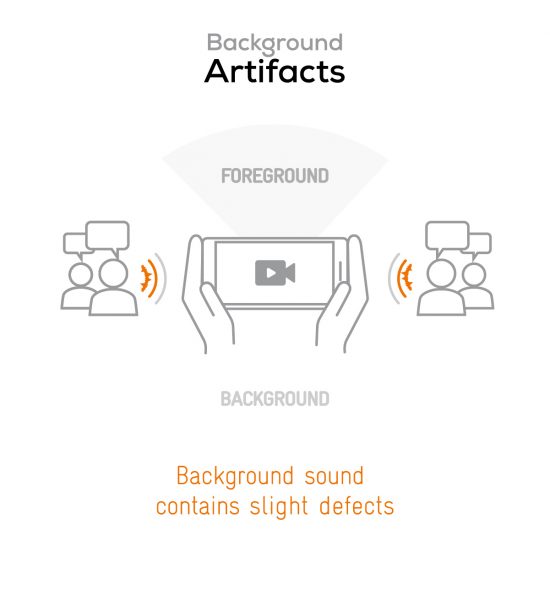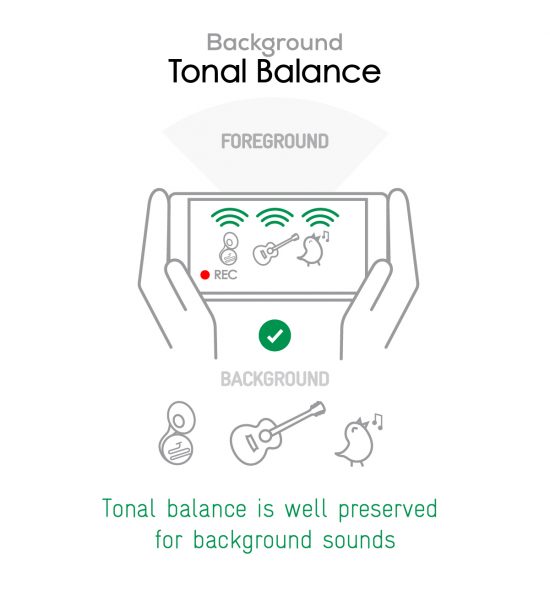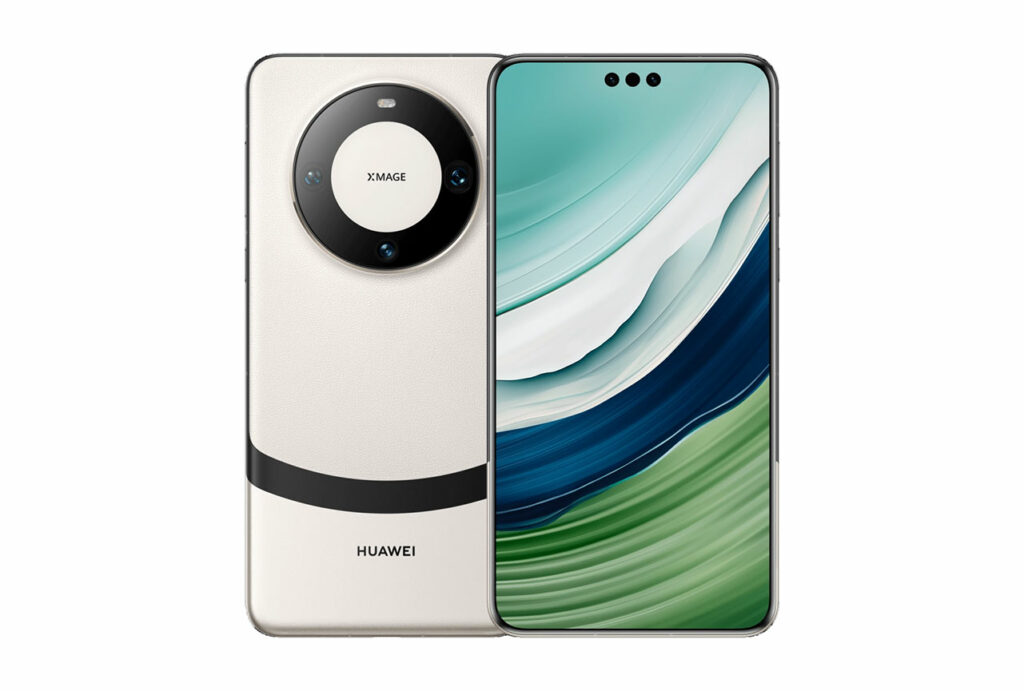We put the Huawei Mate 60 Pro+ through our rigorous DXOMARK Audio test suite to measure its performance both at recording sound using its built-in microphones, and at playing audio back through its speakers.
In this review, we will break down how it fared in a variety of tests and several common use cases.
Overview
Key audio specifications include:
- Two speakers (Bottom right, top left)
- No jack audio output
Scoring
Sub-scores and attributes included in the calculations of the global score.
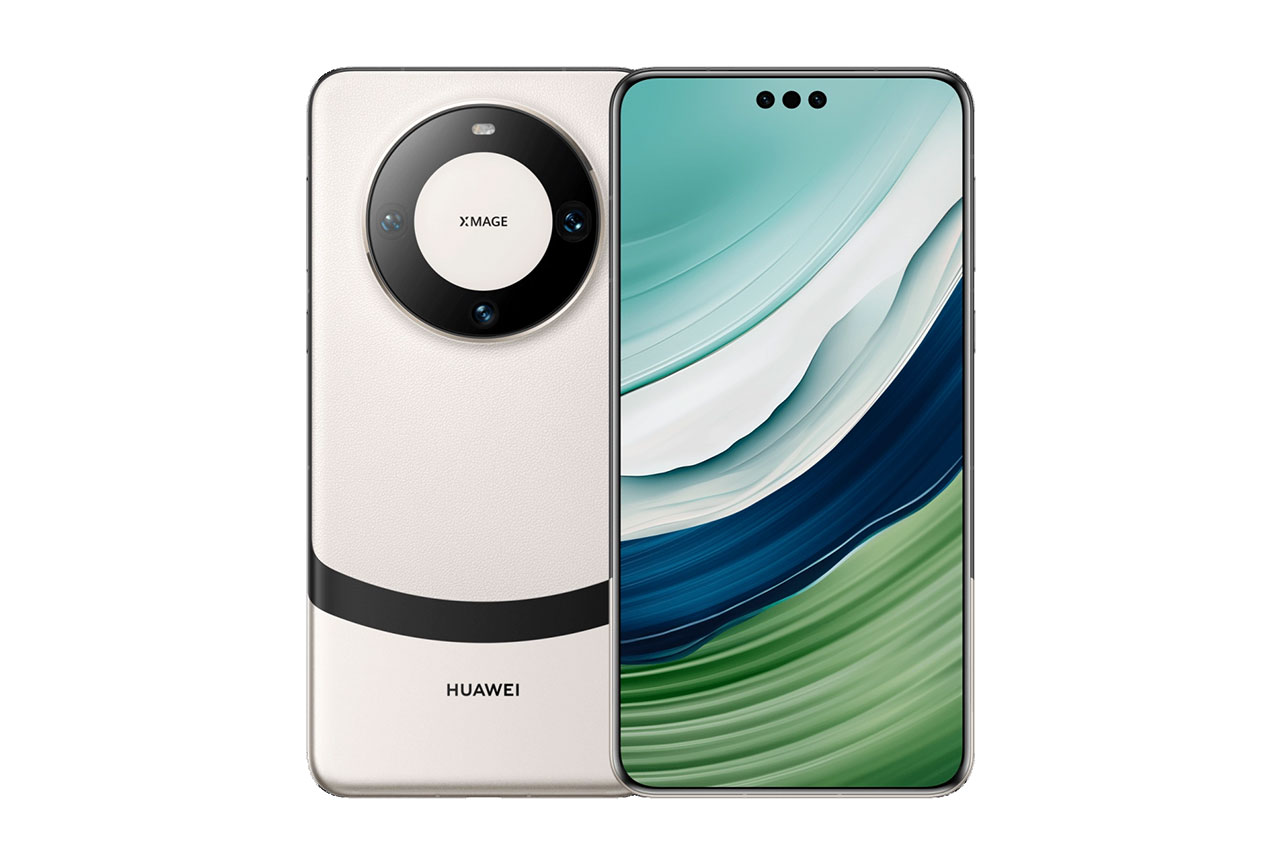
Huawei Mate 60 Pro+


 34th
34th 24th
24thPlayback
Pros
- Vivid timbre, pleasant with most audio contents
- Quite punchy
Cons
- Strong lack of consistency, too much emphasis on digital processing
- Poor artifacts performance
Recording
Pros
- Excellent audio zoom feature
- Great wind noise performance
- Very good tonal balance, especially when using the selfie camera
With an overall DXOMARK Audio score of 138, the Huawei Mate 60 Pro+ delivered a very decent performance even though it was outranked by other devices in the Ultra Premium segment. In our tests, we found both playback and recording to be strongly impacted by digital signal processing (DSP), which brought some positives, such as very effective audio zoom and wind-noise reduction as well as a good signal-to-noise ratio, but the DSP also caused some issues, including compression, an exaggerated fake bass, and other artifacts. Overall, the device offered a very pleasant timbre in both playback and recording, but it would definitely benefit from more consistent processing.
Playback performance in terms of timbre was best when watching movies, followed by gaming and then music. Results tended to vary greatly based on the tonal contents. In recording, the Huawei’s timbre and envelope were best with the main camera, when compared to the selfie and memo use cases. Spatial performance, however, showed some disparity in the results, with a narrow sound scene while in selfie video, but a good sense of directivity while using the memo app.
Test summary
About DXOMARK Audio tests: For scoring and analysis in our smartphone audio reviews, DXOMARK engineers perform a variety of objective tests and undertake more than 20 hours of perceptual evaluation under controlled lab conditions.
(For more details about our Playback protocol, click here; for more details about our Recording protocol, click here.)
The following section gathers key elements of our exhaustive tests and analyses performed in DXOMARK laboratories. Detailed performance evaluations under the form of reports are available upon request. Do not hesitate to contact us.
Playback
Huawei Mate 60 Pro+
163
DXOMARK engineers test playback through the smartphone speakers, whose performance is evaluated in our labs and in real-life conditions, using default apps and settings.
In our tests, the Mate 60 Pro+ provided an overall pleasant timbre that was colorful and vivid. This said, the device appeared to apply a lot of digital signal processing (DSP), which resulted in a lack of consistency between use cases and different types of audio content. The ratio between treble, midrange, and bass was generally good, but bass rendition was particularly impacted by DSP, resulting in an unnatural feel and boxy sound. While midrange sounded warm and quite pleasant, treble was again quite impacted by DSP. It was very brilliant and could sound resonant.
The DSP had a particularly detrimental impact on dynamics, resulting in lower results than for some of the Mate’s competitors in this category. While attack was average, bass precision left room for improvement, especially when listening to music. Punch was consistently good across all test use cases. The device provided good stereo wideness, but localizability of individual sound sources was slightly hazy, again due to DSP behavior. While distance rendition was satisfying, depth rendition was less good, with little to no perceived separation between different instruments.
Loudness was good at maximum volume and tuned nicely at the mínimum volume setting. Volume step distribution was pretty consistent as well. While our testers did not notice any particularly strong artifacts, the sum of issues resulted in a below-average score for this category. Volume could fluctuate and at times some compression became noticeable. Resonances were problematic at nominal and soft volumes, and when gaming, a natural hand position could easily occlude the right speaker, completely muting it.
Listen to the tested smartphone’s playback performance in this comparison with some of its competitors:

Timbre
Huawei Mate 60 Pro+
158
The Timbre score represents how well a phone reproduces sound across the audible tonal range and takes into account bass, midrange, treble, tonal balance, and volume dependency. It is the most important attribute for playback.

Dynamics
Huawei Mate 60 Pro+
149
The Dynamics score measures the accuracy of changes in the energy level of sound sources, for example how precisely a bass note is reproduced or the impact sound from drums.
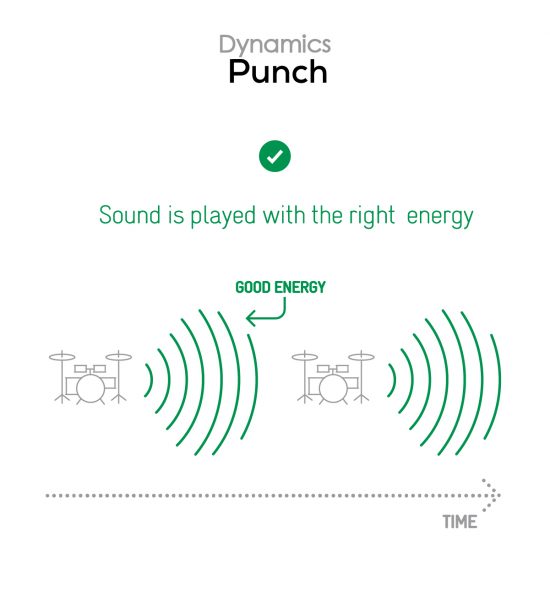
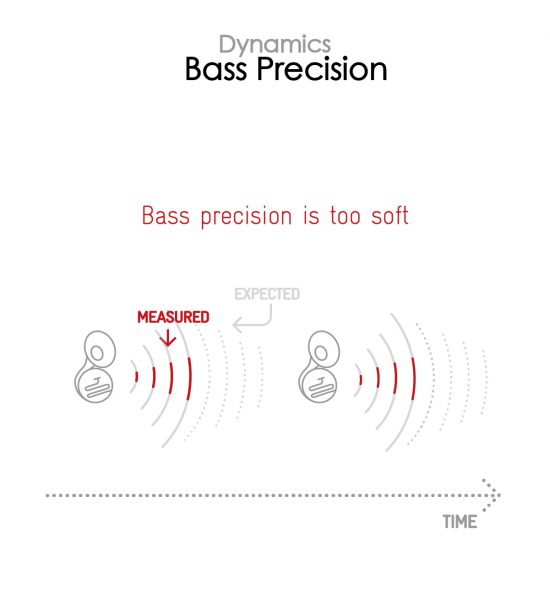

Spatial
Huawei Mate 60 Pro+
162
The sub-attributes for spatial tests include pinpointing a specific sound's location, its positional balance, distance, and wideness.

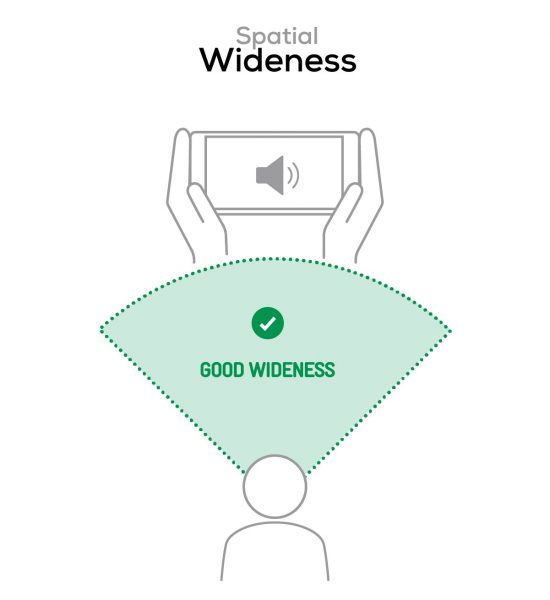

Volume
Huawei Mate 60 Pro+
162
The Volume score represents the overall loudness of a smartphone and how smoothly volume increases and decreases based on user input.
| Hip-Hop | Classical | |
| Huawei Mate 60 Pro+ | 74.9 dBA | 71.5 dBA |
| Apple iPhone 15 Pro Max | 75.1 dBA | 72.3 dBA |
| Huawei P60 Pro | 71.9 dBA | 69.4 dBA |

Artifacts
Huawei Mate 60 Pro+
157
The Artifacts score measures the extent to which the sound is affected by various types of distortion. The higher the score, the less the disturbances in the sound are noticeable. Distortion can occur because of sound processing in the device and because of the quality of the speakers.
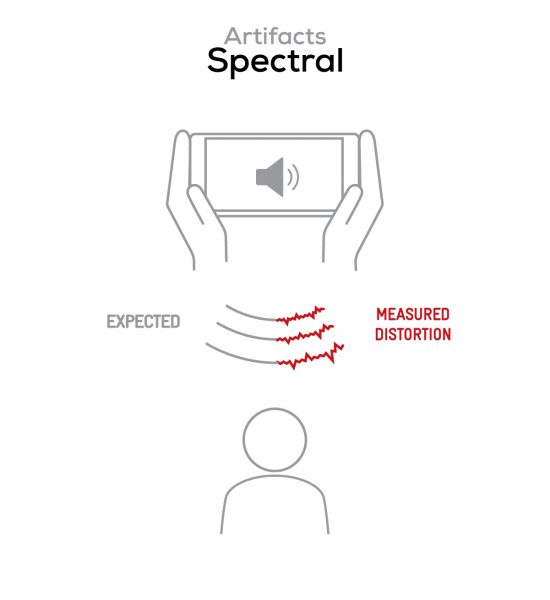
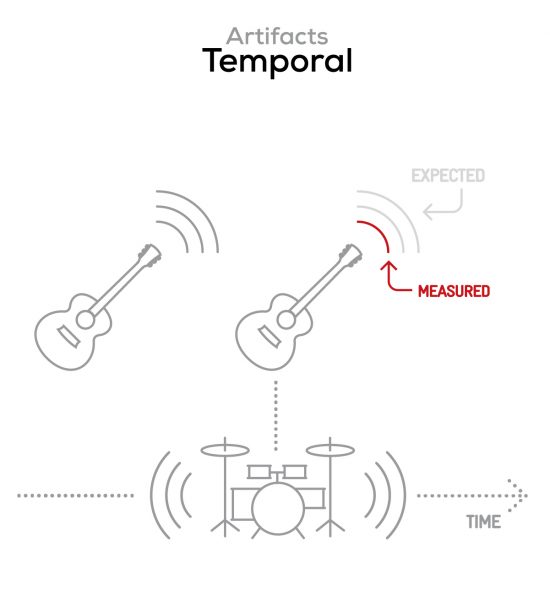
It represents the distortion and noise of the device playing our test signal (0 dB Fs, Sweep Sine in an anechoic box at 40 cm) at the device's maximum volume.
Recording
Huawei Mate 60 Pro+
160
DXOMARK engineers test recording by evaluating the recorded files on reference audio equipment. Those recordings are done in our labs and in real-life conditions, using default apps and settings.
Recording timbre was quite natural with the main camera, and treble was clear enough. Midrange slightly lacked high-mid clarity, but body remained natural. The tonal balance was very good when using the selfie camera, with natural midrange and treble that was slightly brighter than on the main camera. Treble was also good when recording with the memo app. The signal-to-noise ratio was very good with both main and selfie cameras, background noises could have been more attenuated with the memo app, especially in urban scenarios. Still, the envelope was sharp enough to allow for perfect intelligibility of voices.
The wideness of the recorded sound scene was very good with the main camera and recorder apps, but much more limited when recording selfie videos. Localizability was precise across all apps and cameras. Distance rendition was accurate as well, especially with the selfie camera. Recordings were loud enough when using the main and selfie cameras, but slightly weaker with the memo app. Our testers found recording artifacts to be well under control but strong compression was noticeable when recording at high sound pressure levels, for example at concerts. The device’s microphones were also quite sensitive to occlusions. Background rendition was consistently great and free of artifacts. But our testers found it to sound slightly boomy in urban conditions.
Here is how the Huawei Mate 60 Pro + performs in recording use cases compared to its competitors:

Timbre
Huawei Mate 60 Pro+
147
The Timbre score represents how well a phone captures sounds across the audible tonal range and takes into account bass, midrange, treble, and tonal balance. It is the most important attribute for recording.

Dynamics
Huawei Mate 60 Pro+
146
The Dynamics score measures the accuracy of changes in the energy level of sound sources, for example how precisely a voice's plosives (the p's, t's and k's, for example) are reproduced. The score also considers the Signal-to-Noise Ratio (SNR), for example how loud the main voice is compared to the background noise.
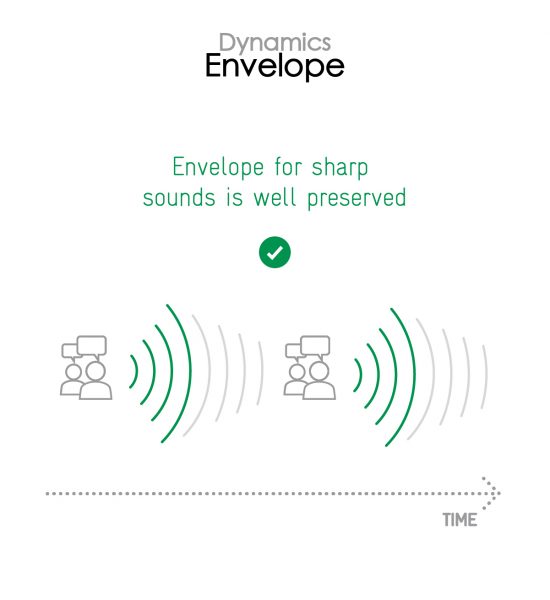
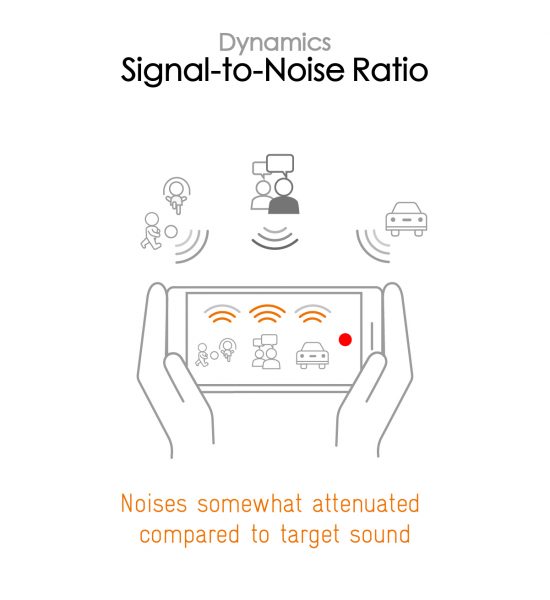

Spatial
Huawei Mate 60 Pro+
159
The sub-attributes for spatial tests include pinpointing a specific sound's location, its positional balance, distance, and wideness on the recorded audio files.
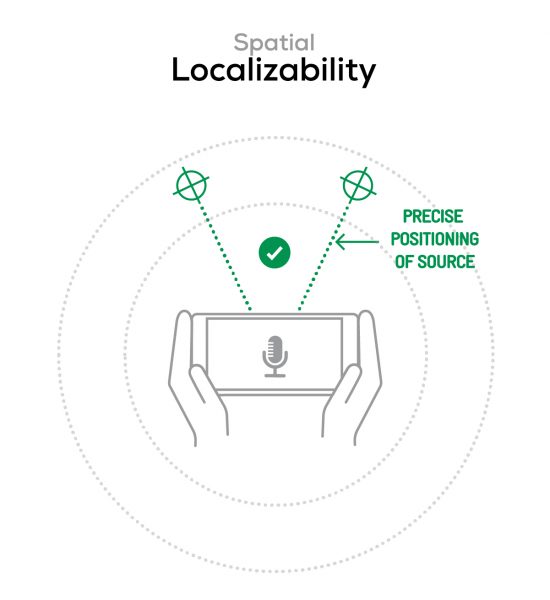
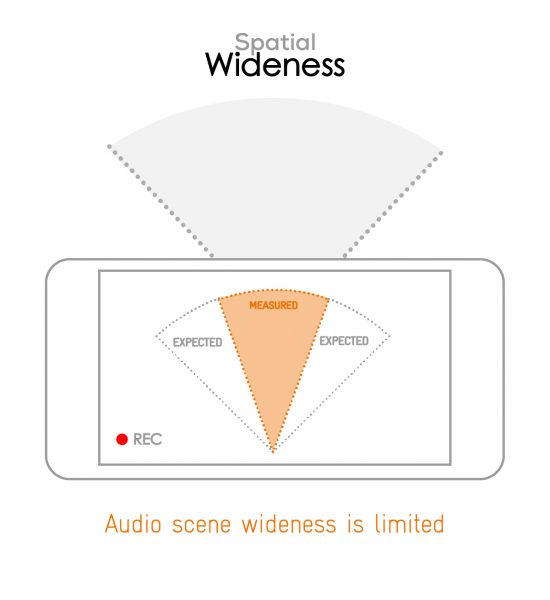

Volume
Huawei Mate 60 Pro+
170
The Volume score represents how loud audio is normalized on the recorded files and the how the device handles loud environments, such as electronic concerts, when recording.
| Meeting | Life Video | Selfie Video | Memo | |
| Huawei Mate 60 Pro+ | -25.4 LUFS | -20.2 LUFS | -18.9 LUFS | -21.4 LUFS |
| Apple iPhone 15 Pro Max | -24.9 LUFS | -22.1 LUFS | -20.5 LUFS | -19.2 LUFS |
| Huawei P60 Pro | -24.5 LUFS | -19.4 LUFS | -18.9 LUFS | -20.2 LUFS |
The Artifacts score measures the extent to which the recorded sounds are affected by various types of distortions. The higher the score, the less the disturbances in the sound are noticeable. Distortions can occur because of sound processing in the device and the quality of the microphones, as well as user handling, such as how the phone is held.
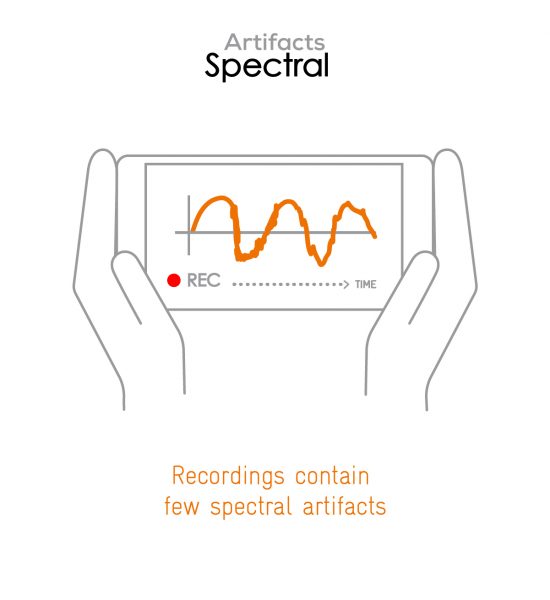
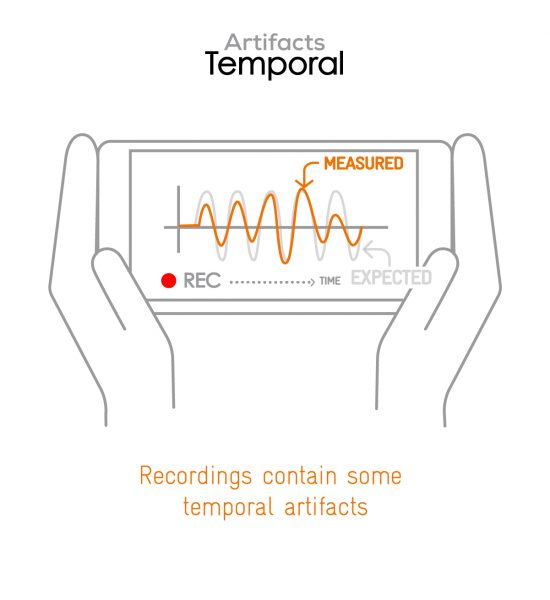
In this audio comparison, you can listen to the way this smartphone handles wind noise relative to its competitors:

Background
Huawei Mate 60 Pro+
166
Background evaluates how natural the various sounds around a voice blend into the video recording file. For example, when recording a speech at an event, the background should not interfere with the main voice, yet it should provide some context of the surroundings.
